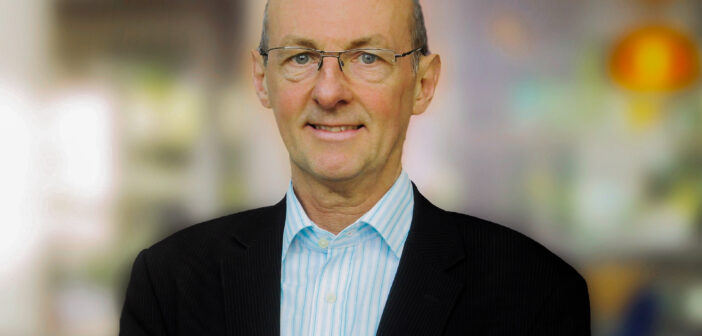Get insight into the work being done by the CEA Team and what’s on the horizon for members.
What is your role at the CEA?
As the CEA’s Senior Technical Consultant, my role has three main objectives. The first is to advise members of the status, content and implications of regulations that are in development so that design changes can be implemented and, where needed, approvals can be obtained in a timely manner. The second is to gather members’ views on technical and regulatory matters to develop CEA positions for advocacy toward legislative policymakers and other relevant stakeholders. The third is to provide answers to members’ questions on the interpretation of specific regulatory requirements.
What brought you to the role/the industry/this area of work?
I started my career in automotive engine design, but with each career move, I gradually transitioned into industrial products. I entered the construction equipment industry around 15 years ago and headed the global product compliance activity of a multi-national OEM. During my ten or so years in that role, I was heavily involved in the CEA’s General Technical Committee, later becoming Chair for a number of years. Then, around six years ago, the position of Senior Technical Consultant at the CEA became available. I did not hesitate to apply.
Is there a particular aspect of your work you are interested in or passionate about?
I’m particularly passionate about two aspects of the role: the safety of machinery and reducing its environmental impact. Regarding safety, I’m proud that I can contribute to the development of regulations and international standards that help ensure that, when used per the manufacturer’s instructions, operators of machinery and those in the vicinity will be safe from harm. It’s hugely satisfying to know I’m contributing to making the world safer. Regarding environmental impact, I’m very happy to be playing a leading role in the decarbonisation of machinery. The removal of barriers that are currently inhibiting the introduction and uptake of decarbonised solutions, such as battery electric machines or machines with internal combustion engines utilising carbon free fuel (for example, hydrogen)is key to them becoming increasingly prevalent. The resulting improvement in air quality and reduction in CO2 emissions will have a very positive environmental impact that will benefit all.
What are you working on currently?
In all my years in the business, I have never known a busier period. There is currently an enormous regulatory programme both in the UK and EU that affects CEA members. Now more than ever, it’s important that I’m at the top of my game and providing the service that members need ahead of the approaching regulatory tsunami.
In the EU, the Machinery Regulation will soon replace the Machinery Directive, which is at the heart of all matters related to machine safety. I’m currently involved in the intensive work that is being undertaken to develop industry guidelines on the newly introduced requirements of the Regulation and I’m also contributing to the development of the harmonised standards that can be used by manufacturers to gain a presumption of conformity with the Regulation.
Other EU regulatory developments I’m currently involved in include the creation of new legislative acts covering cyber security, data, artificial intelligence, batteries, chemicals, and road circulation. I’ve also been involved in the ongoing revision of the Outdoor Noise Directive.
On the UK regulatory front, I’ve been heavily involved in assisting members with implementing the post-Brexit regulatory regime. While the dust seems to be settling regarding the UK’s continued acceptance of CE marking, the big question remains as to whether the UK will adopt newly published EU regulations or choose to deviate. I have been working closely with various government departments to seek clarity on their long-term intentions, and since the EU will soon implement the many regulations identified above, this is becoming an increasingly urgent matter.
What topics and trends are emerging? What’s on the horizon for members?
The regulators have a keen focus on emerging technologies that are already being incorporated into construction equipment or are likely to be incorporated at some point in the future. The increased availability of connected products brings significant benefits but also opens the threat of cyber-attacks. Additionally, the data rules governing who can do what with different types of data generated by connected machines are currently unregulated. However, the data market and the resilience of products to cyber-attacks will soon be regulated in the EU.
Other emerging technologies that will soon be regulated in our sector include autonomy and artificial intelligence. Again, both offer tremendous operational benefits, but regulators are keen to implement legislation to ensure their safe application.
Finally, although the decarbonisation of construction equipment is already underway, with battery-powered compact and medium-sized machines now being available on the market, we will likely soon see the commercial availability of hydrogen-fuelled internal combustion engine-driven machines. Members are investing heavily in these new technologies and I am actively working to remove the technical and regulatory barriers to the uptake and use of decarbonised machinery.
Meet Dale and catch up on the latest regulatory and technical updates at our General Technical Committee, an exclusive member benefit open to all CEA members. Contact info@thecea.org.uk to book your place now.
Upcoming dates
- 11-12 June 2024, Dungannon, Northern Ireland
- 12 September 2024, TBC
- 11-12 December 2024, Staverton, Daventry




